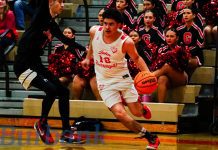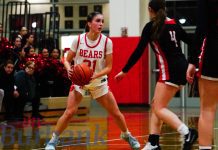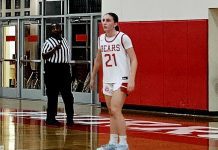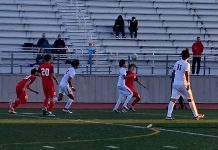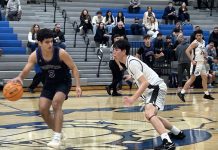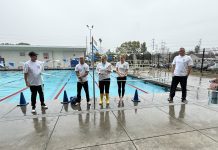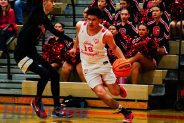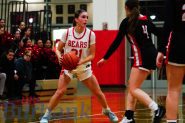By Rick Assad
After six sojourns to Plano, a suburb of Dallas, Texas, to visit my sister Frances’s daughter, Kristin, husband Manny, 27-year-old son Alex, 22-year-old-daughter Isabelle, and 14-year-old son Noah, it’s now become a standing ritual.
Spending time with them, seeing the sights and tasting the local cuisine such as Cheddar’s Scratch Kitchen, Texas Roadhouse, Whataburger, Maggiano’s Little Italy, Waffle House, Jason’s Deli, Sonic, Layne’s Chicken Fingers and New York Deli News, are always a delight.
Coming to the Lone Star State also means attending sporting events such as watching a high school football game in a light drizzle at 18,000-seat Eagle Stadium during COVID-19, and where Arizona Cardinals quarterback Kyler Murray played for legendary Allen High which has been around since 1936.
How good are the Eagles? This good: Allen has made 45 playoff appearances, have garnered five state championships, been in the state Final Four an incredible 10 times and claimed three national titles.
On four occasions I’ve made my way to Major League Baseball games at Globe Life Field, including two at the older stadium and two at the new iteration.
This year on the Fourth of July, I took in a Double A minor league game between the Frisco RoughRiders and Arkansas Travelers.
Glorious and uniquely impressive, Riders Field opened its gates in 2003 and over the years has received several upgrades, especially after 2015 when the Greenfield Sports Group took over ownership.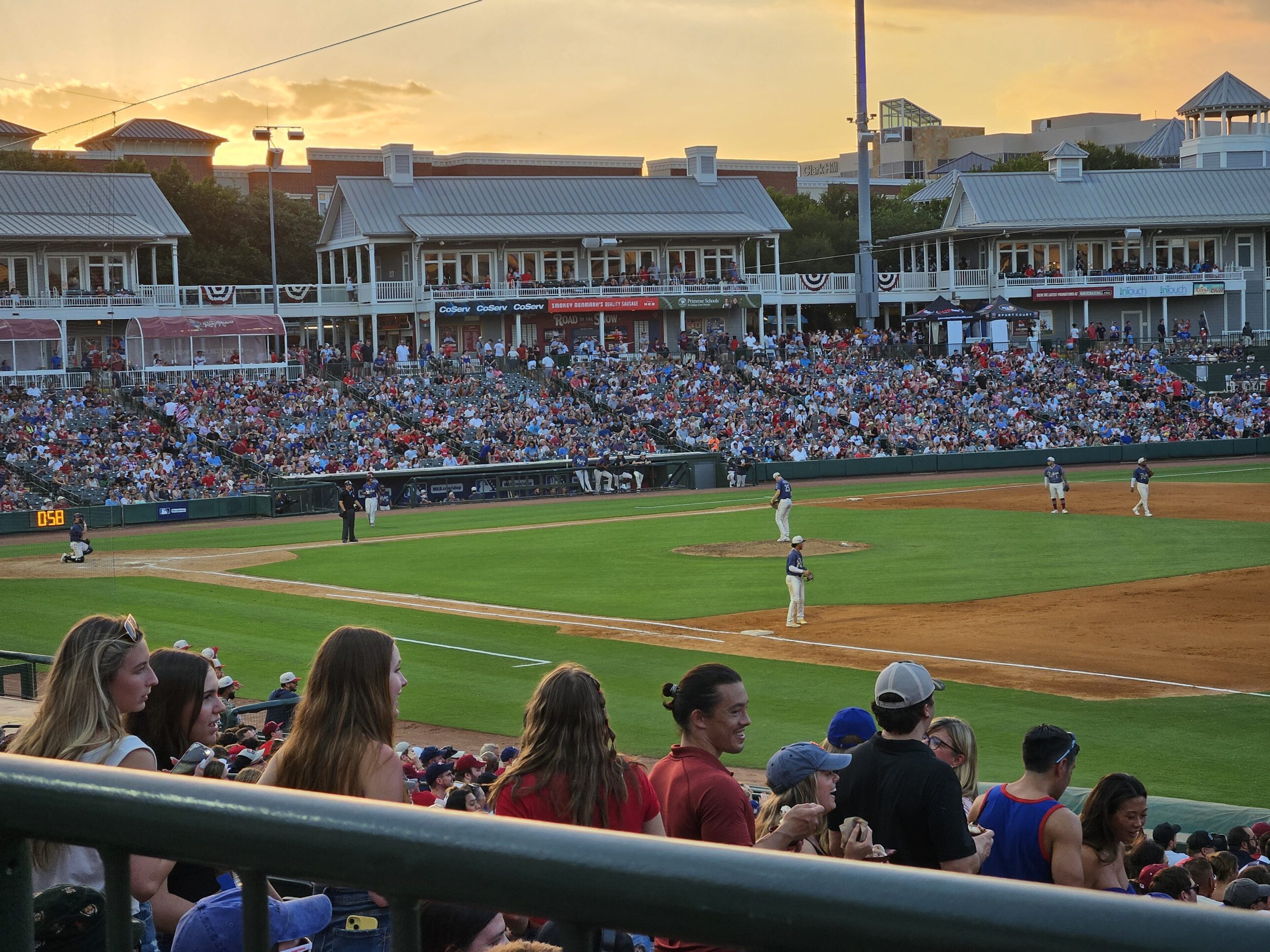
The 12,000-seat ballpark added a high-definition video board, a state-of-the-art sound system and a fun team store, among the many amenities.
Frances, Manny, Alex and I sat along the right field line while the others were situated in the outfield park area, similar to what Petco Park in San Diego offers its fans.
Every seat has perfect sightlines and despite the blistering sun and the weather approaching 100 degrees, the game didn’t begin until 7:00 p.m., which made it pleasant.
The RoughRiders led from the start, survived a late rally by the Travelers and escaped with a 7-6 victory in front of 12,051, the third largest crowd ever.
A dozen days later we watched on television the 94th Mid-Summer Classic at Globe Life Field and after the National League took a brief lead in the top of the third inning on the Dodgers’ Shohei Ohtani’s three-run homer, the American League bounced back and knotted it at 3-3 in the bottom of the frame.
The deciding hit came off the bat of Jarren Duran whose two-run blast in the fifth lifted the Junior Circuit to a 5-3 triumph before 39,343 appreciative fans.
For his exploits, Duran, the Boston outfielder was named the game’s Most Valuable Player, which is named in honor of Ted Williams, the iconic Red Sox slugger who retired following the 1960 campaign after compiling 521 home runs, a .344 lifetime batting average and the last player to bat over .400 in 1941.
Adjacent to Globe Life Field stands AT&T Stadium, and looking at the massive building, I’m always reminded that it’s the home of the Cowboys.
Dallas has always meant the Cowboys for much of my formative years and a good portion of my college days.
My interest began with Southern Methodist University’s own Don Meredith, 1964 Olympic 100-meter champion Bob Hayes, Jethro Pugh and Bob Lilly.
The light then shined on Roger Staubach and Tony Dorsett, who also drew my favor.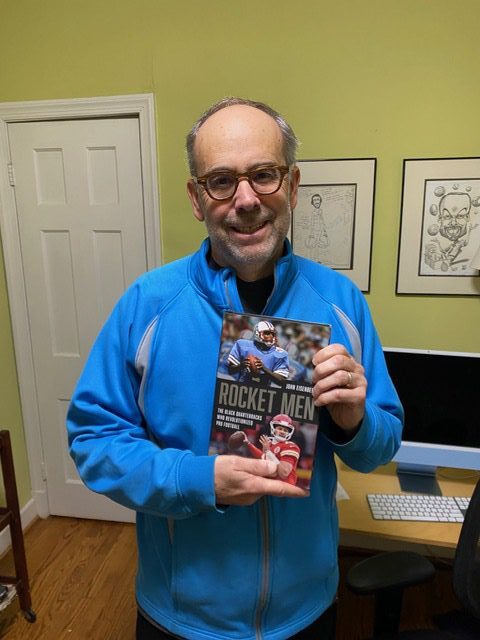
When Dallas faced the Denver Broncos after the 1977 season in the Super Bowl in New Orleans, I watched at a sports bar in Westwood as a UCLA student and was happy after Staubach led the Cowboys to a 27-10 victory and their second Vince Lombardi Trophy.
When the Cowboys drafted UCLA quarterback Troy Aikman with the first pick in 1989, my fandom continued as he guided the team to three Super Bowl trophies in the 1990s with considerable help from Michael Irvin and Emmitt Smith.
Since the 1996 season, though, Dallas hasn’t been to the NFL’s biggest game, but they usually put a quality product on the field.
For many, it’s not enough unless the Cowboys capture the Super Bowl and for that alone, field general Dak Prescott is under intense scrutiny to win in the playoffs.
John Eisenberg is an award-winning sportswriter who has published eleven books including five on the NFL.
Eisenberg spent more than two decades (1984 through 2006) at the Baltimore Sun as a staff writer and later as an acclaimed columnist and then was a longtime columnist for the Baltimore Ravens website, www.baltimoreravens.com and retired at the close of the 2022 season.
Born and raised in Dallas, Eisenberg became a fan of the Cowboys at an early age when he would accompany his grandfather, Louis Tobian, and father, Seymour, who had season tickets to games at the Cotton Bowl.
After being poor and then mediocre, in 1966 and 1967, the Cowboys were contenders and played against the Green Bay Packers in the NFL championship games.
Eleven points separated the two teams as the Cowpokes fell 34-27 at the Cotton Bowl and 21-17 at Lambeau Field the following year in what is known as the “Ice Bowl,” which is the coldest game, playoff or otherwise ever contested with a minus 15 degrees on the field at the beginning of the game and an average windchill of minus 48 degrees.
This was a different time for the NFL with more running than passing and lower scoring games, but it’s when I became hooked as did Eisenberg, whose memoir, “Cotton Bowl Days: Growing Up With Dallas And the Cowboys In The 1960s” is a must read.
“My in-stadium experience at the Cotton Bowl in the 1960s was vastly different from what unfolds at stadiums now,” he said. “There were no massive scoreboards, almost no ad signage, loud music didn’t constantly blare. There were no premium seats or luxury boxes or expensive cocktails – in fact, alcohol wasn’t served.”
Eisenberg, whose latest book, “Rocket Men: The Black Quarterbacks Who Revolutionized Pro Football,” is something every fan of the professional game should have on their shelf, added: “The game was the thing, pure and simple, and as a boy, I was totally entranced by the bright uniforms, the green grass, the smell of frying food (and my grandfather’s cigars) and the roar of the crowd,” he noted. “Looking back, it’s what directed me toward a life of writing about sports. I loved going to the games and then reading about them in the Dallas newspapers the next day.”
Simpler times, yes, but those glorious days at the Cotton Bowl and the Los Angeles Memorial Coliseum with my father, Nicholas, to watch the Rams in action were perfect, and luckily those memories still linger.











